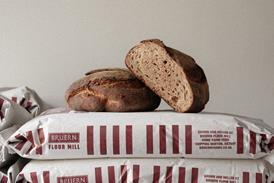Historically high food prices require an historic response

With ingredients costs soaring, TraceGains’ Denis Storey looks at the wider inflationary impacts in the market and reveals how the company’s networked ingredients suppliers are reacting to the trends.
To continue reading, register for free
You are what you read, registration is quick, easy and free. Just click register now and you’ll be finished faster than it takes you to butter a crumpet!
Don’t miss out:
- Unlimited access to content
- Regular newsletters to your inbox
- Save articles to read later on
- A more personalised experience
Already registered? Please log-in here



















